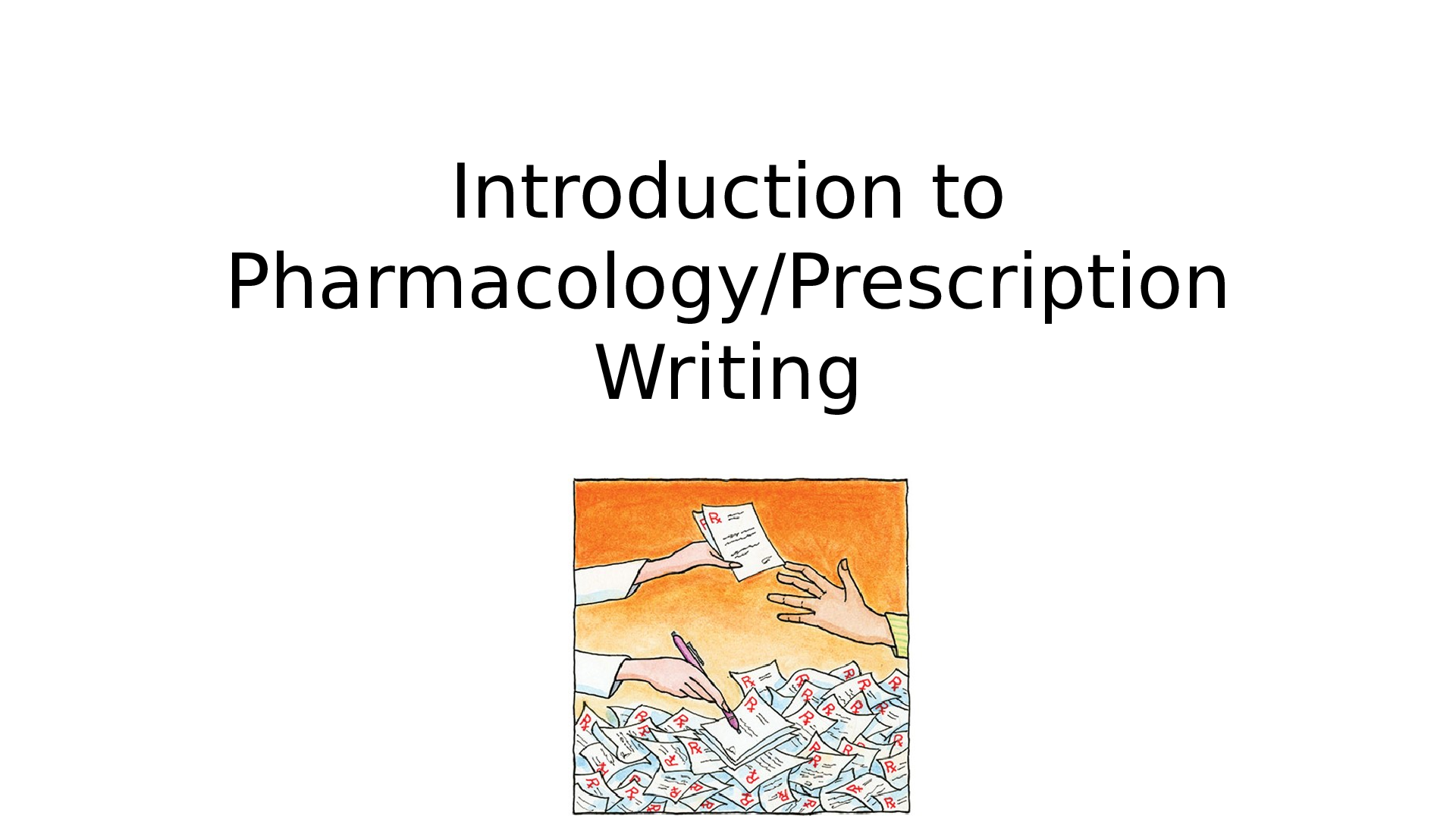*NURSING > Study Notes > Pharmacology Exploring the Science of Drug Effects and Mechanisms Study Notes 2023/2024 (All)
Pharmacology Exploring the Science of Drug Effects and Mechanisms Study Notes 2023/2024
Document Content and Description Below
Pharmacodynamics What is Pharmacology? The word pharmacology is derived from the Greek language and means the study (logos) of drugs (pharmakon). Pharmacology is best defined as the study of sub... stances that affect or alter living systems through chemical processes. These living systems are usually (but not always) affected by increasing or decreasing the activity of normal regulatory processes within the living system. Pharmacology as a science is concerned with the history, source, chemical nature, physical properties, mechanism of action, and adverse effects of drugs. The definition of a drug is any substance received by a biological system that is not received for nutritive purposes. According to this definition, chemicals, biologicals, and herbals are all considered drugs. Pharmacology can be divided into two main areas: 1.Pharmacodynamics: what a drug does to the body. In other words, the effects of a drug on the body, and the mechanism of action by which the drug causes these effects. 2.Pharmacokinetics: how the body handles the drug. That is, the fate of the drug once it is in the body, including its absorption, distribution, metabolism, and excretion. Note: Section 01 of this module will explain pharmacodynamics. Pharmacokinetics will be covered in Section 02. Did you know? Pharmacology and Pharmacy are two distinct disciplines. Pharmacology is the science that deals with the invention and characterization of drugs, as well as the determination of how these drugs act (i.e. the mechanism of action of the drugs). Pharmacy is a health services profession that applies the concepts learned in pharmacology to patient care. Drug Responses: Drugs are administered to achieve one of two responses: 1.To achieve a beneficial effect on an individual. For example, taking a drug to dilate blood vessels to decrease blood pressure. 2.To exert a selectively toxic effect on an individual (i.e. selective toxicity). Common examples of selective toxicity are taking an antibiotic to kill a bacterial infection or taking a chemotherapeutic to target cancer cells. [Show More]
Last updated: 1 year ago
Preview 1 out of 127 pages

Buy this document to get the full access instantly
Instant Download Access after purchase
Buy NowInstant download
We Accept:

Reviews( 0 )
$12.50
Can't find what you want? Try our AI powered Search
Document information
Connected school, study & course
About the document
Uploaded On
Sep 07, 2023
Number of pages
127
Written in
Additional information
This document has been written for:
Uploaded
Sep 07, 2023
Downloads
0
Views
122


.png)

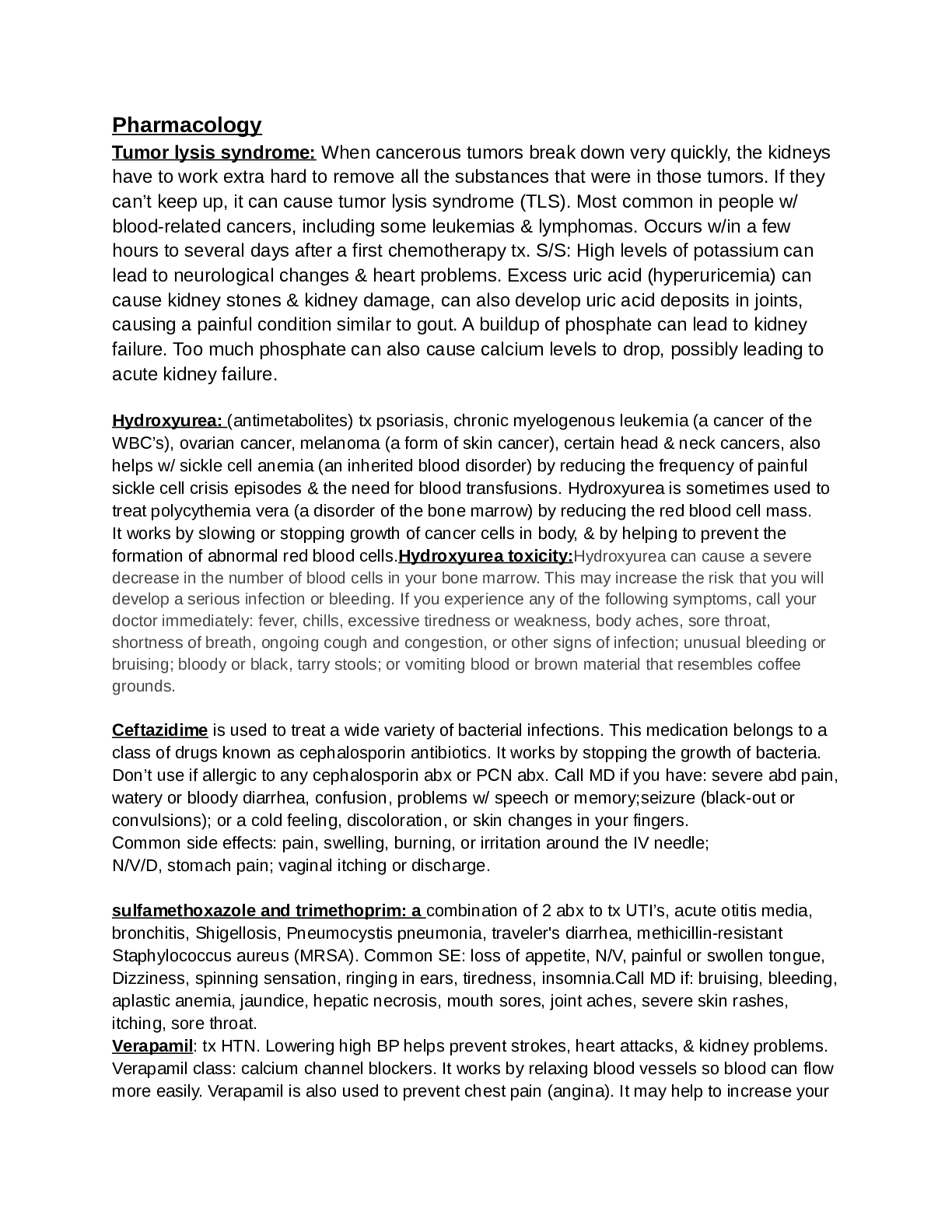
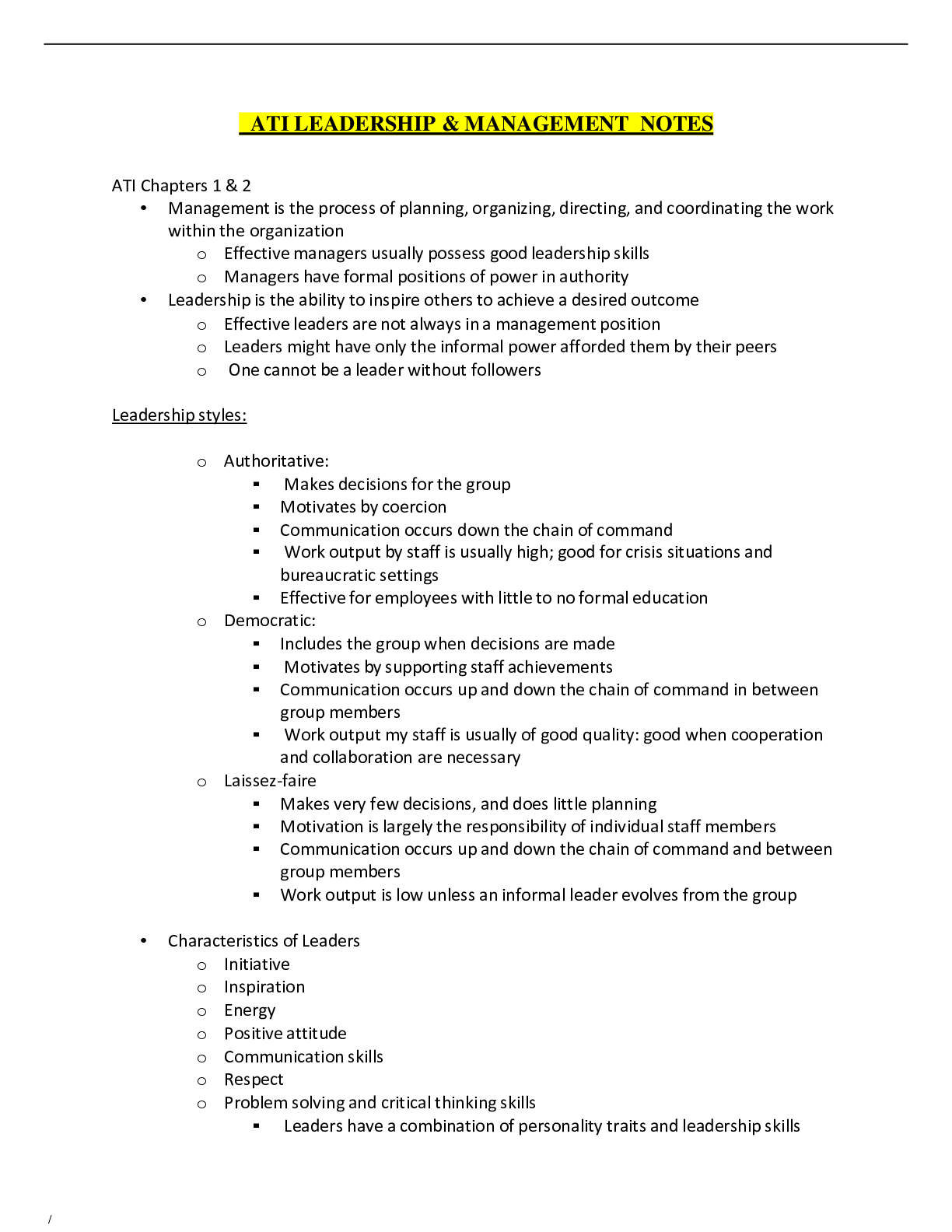


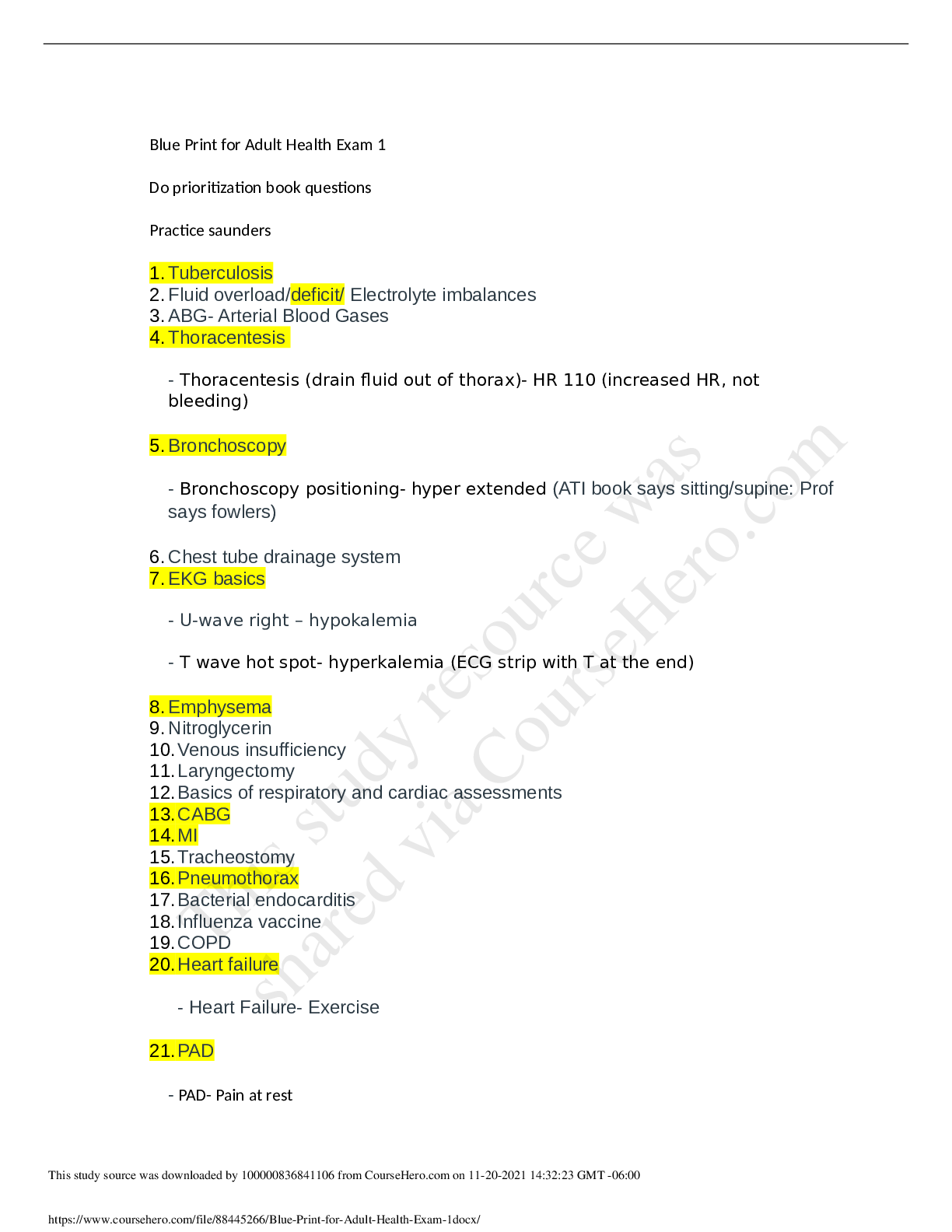

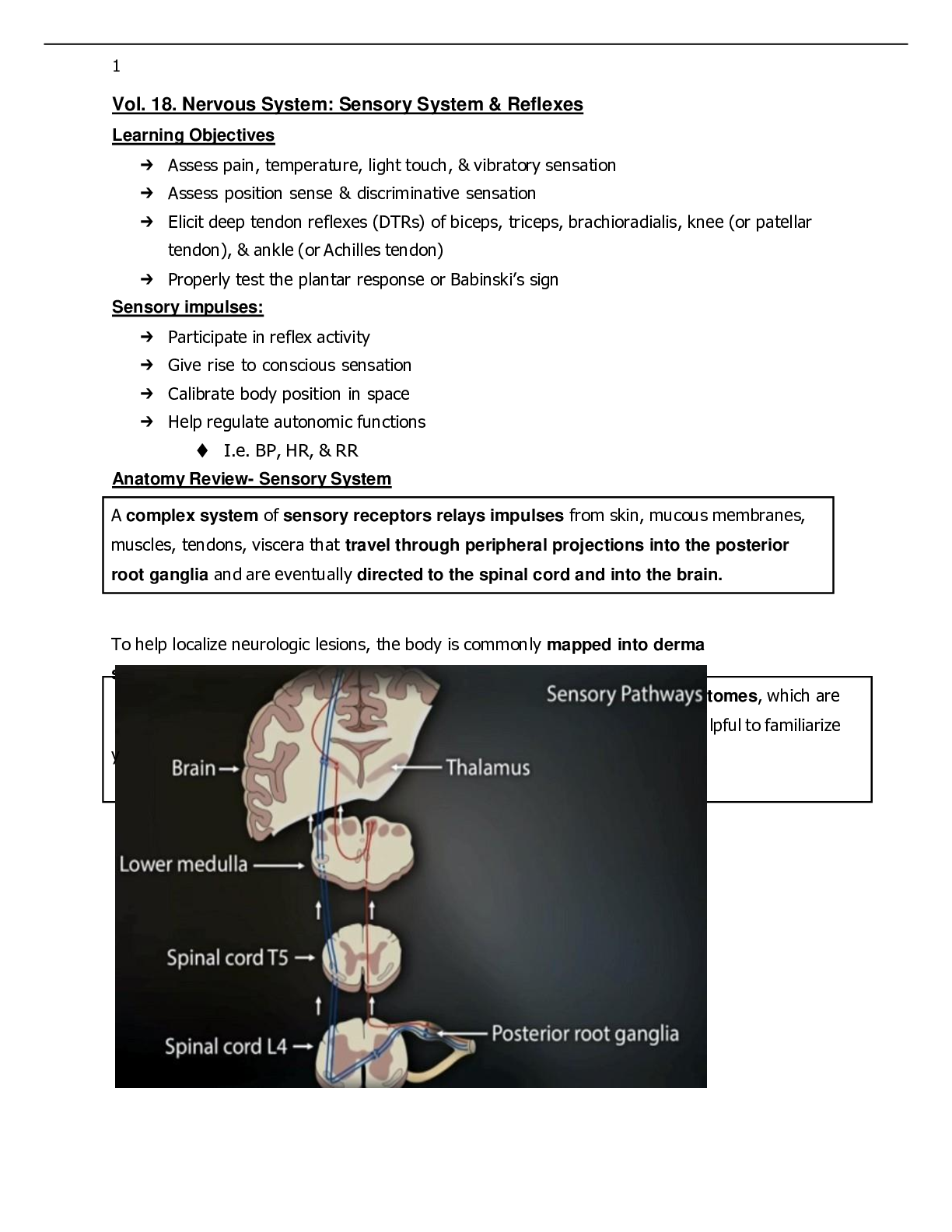
.png)
